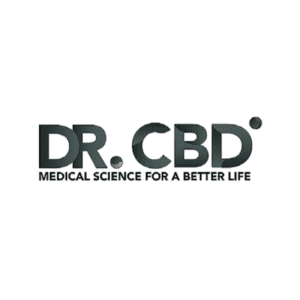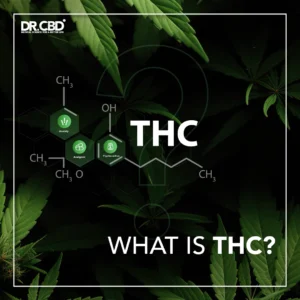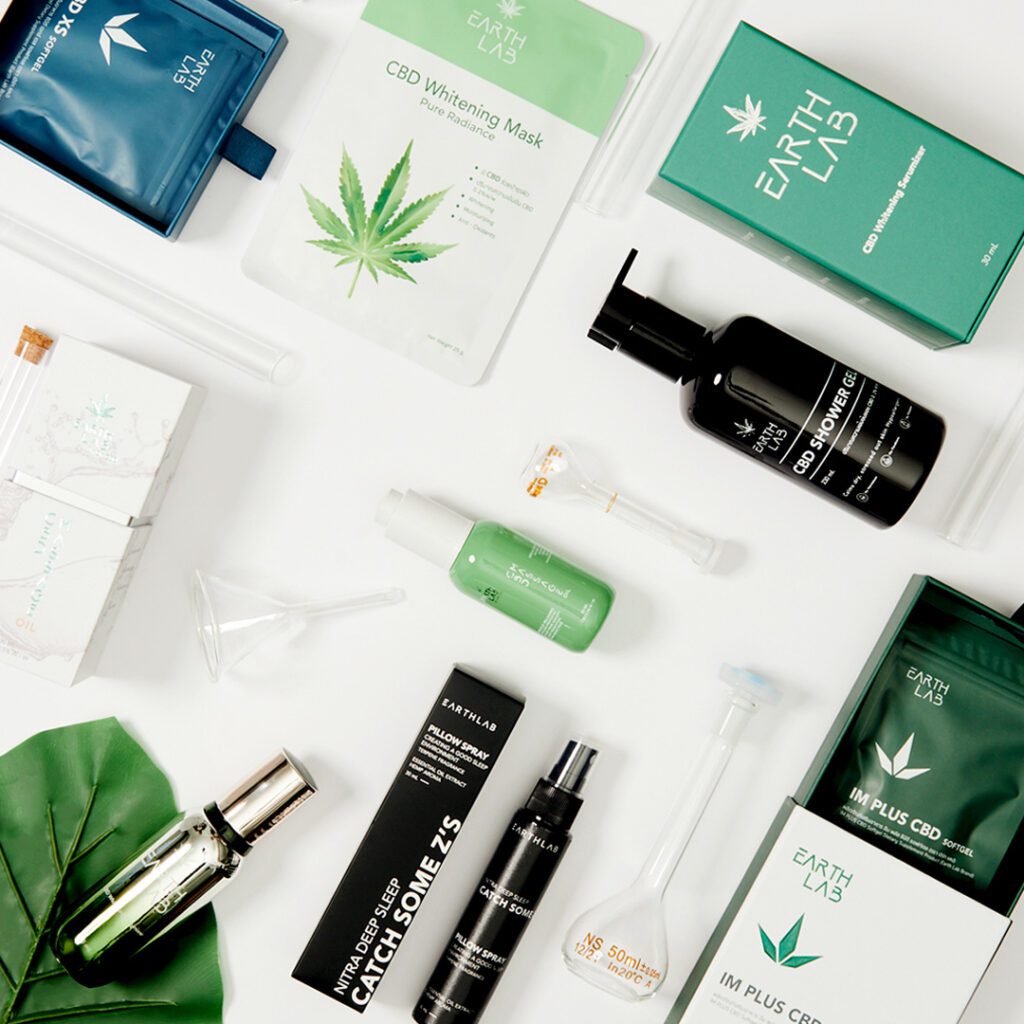Taking care of your skin can feel overwhelming with all the products and advice out there. But don’t worry, I’ve got you covered. Here are ten straightforward tips for an effective skincare routine that you really can’t skip. Let’s break it down, so you can keep your skin looking fresh and healthy without all the fuss.
Key Takeaways
- Always start with a good cleanser to wash away dirt and oil.
- Exfoliating a couple of times a week helps remove dead skin cells.
- Use toner to balance your skin’s pH and prep it for other products.
- Don’t skip moisturizer, even if you have oily skin.
- Sunscreen is a must every day to protect your skin from sun damage.
1. Cleanser
Okay, so first things first: cleanser. You can’t just skip this step, no matter how tired you are. A good cleanser sets the stage for everything else you’re going to put on your face. Think of it like prepping a canvas before you paint. If you don’t start with a clean base, everything else is just going to look…off.
I used to think any old soap would do, but trust me, it doesn’t. Harsh soaps can strip your skin of its natural oils, leaving you feeling dry and tight. And who wants that? Now, I’m all about finding something gentle but effective.
Here’s what I’ve learned:
- Know your skin type: Are you oily, dry, combo, or sensitive? This makes a HUGE difference in what kind of cleanser you should be using. For example, if you have oily skin, you might want to look for a gel-based cleanser. If you’re dry, a cream cleanser might be more your speed.
- Read the ingredients: Look for cleansers that are free of sulfates, parabens, and artificial fragrances. These can be irritating, especially if you have sensitive skin. Instead, look for ingredients like aloe vera, chamomile, or green tea, which can help soothe and calm your skin.
- Don’t over-wash: Washing your face too often can actually do more harm than good. Once in the morning and once at night is usually enough. Unless, of course, you’ve just finished a super sweaty workout. Then, by all means, wash that face!
I switched to a gentle, hydrating cleanser a few months ago, and I can already see a difference. My skin feels softer, looks brighter, and I’m not dealing with as many breakouts. It’s a small change, but it’s made a big impact.
And remember, plant-based skincare natural ingredients can be a game changer!
2. Exfoliator

Okay, so after you’ve washed your face, it’s time to think about exfoliating. I used to skip this step all the time, but honestly, it makes a huge difference. Basically, you’re getting rid of all the dead skin cells that are just sitting on the surface of your face.
This helps your skin look brighter and feel smoother. Plus, it lets all your other skincare products actually sink in and do their job properly. Think of it like prepping a wall before you paint it – you gotta get rid of the old stuff first!
There are a couple of ways to exfoliate:
- Physical exfoliants: These are scrubs with little beads or grains that you massage into your skin. Be gentle, though! You don’t want to scrub too hard and irritate your face. I like using a gentle scrub once or twice a week.
- Chemical exfoliants: These use acids like AHAs or BHAs to dissolve the dead skin cells. It sounds scary, but they’re actually pretty effective. You can find them in toners, serums, or even masks. Start slow with these, maybe once a week, and see how your skin reacts.
- Enzyme exfoliants: These are the gentlest of the bunch and use fruit enzymes to break down dead skin. They’re a good option if you have sensitive skin.
I started exfoliating regularly a few months ago, and I’ve noticed a huge difference in my skin’s texture. It’s way smoother, and my makeup goes on so much better. I wish I’d started sooner!
Just remember not to overdo it. Exfoliating too often can actually damage your skin, so listen to what your skin is telling you. If it feels dry or irritated, back off for a bit.
3. Toner
Okay, so toner. I used to think it was totally pointless, just some extra step to make you buy more stuff. But, I’ve kinda changed my mind. It’s not essential, but it can really help, especially if you’ve got oily skin or are dealing with some acne.
Basically, toner is supposed to balance your skin’s pH after you wash your face. Some cleansers can really strip your skin, and toner helps bring it back to normal. Plus, it can get rid of any leftover dirt or makeup that your cleanser missed. I’ve noticed a difference in how clean my skin feels when I use it regularly. It’s like a little extra insurance.
There are a ton of different kinds of toners out there. Some are alcohol-based, which I avoid because they can be super drying. Others have ingredients like salicylic acid or glycolic acid, which are great for exfoliating and fighting breakouts. And then there are hydrating toners with stuff like hyaluronic acid or rosewater, which are good if you have dry skin. It’s all about finding the right one for your skin type.
I usually apply toner with a cotton pad after cleansing. Just swipe it all over your face, avoiding your eyes. You can also spray it on if you prefer. Then, let it dry before you move on to your serum or moisturizer. It’s a pretty quick and easy step, and it can make a big difference in the long run.
Here’s a quick rundown of what to look for:
- For oily skin: Look for toners with salicylic acid or witch hazel.
- For dry skin: Go for hydrating toners with hyaluronic acid or glycerin.
- For sensitive skin: Choose alcohol-free toners with soothing ingredients like aloe vera or chamomile.
4. Serum
Serums are like the workhorses of your skincare routine. They’re packed with concentrated ingredients designed to target specific skin concerns. I used to think they were just fancy, overpriced lotions, but now I’m a total convert. The key is finding the right serum for your skin type and concerns.
Think of serums as the treatment step. After cleansing and toning, you apply a serum to deliver potent ingredients directly to your skin. They’re usually lightweight and absorb quickly, which is great because nobody wants to feel like they’re wearing a heavy mask all day.
Here’s why I think serums are worth the hype:
- They can address specific issues like wrinkles, dark spots, and acne.
- They often contain antioxidants that protect your skin from environmental damage.
- They can boost hydration and improve skin texture.
I’ve noticed a real difference since I started using a vitamin C serum. My skin looks brighter, and those annoying little sunspots are fading. It’s not a miracle cure, but it’s definitely made a positive impact.
Choosing the right serum can feel overwhelming, but here’s a quick guide:
- Hyaluronic acid serums are great for hydration.
- Vitamin C serums are good for brightening and antioxidant protection.
- Retinol serums are effective for anti-aging (but use with caution and start slowly!).
I’ve been experimenting with different serums for a while now, and I’ve learned that consistency is key. You won’t see results overnight, but with regular use, serums can really transform your skin. I’ve found that incorporating CBD for wellness has also helped with overall skin health.
5. Moisturizer
Okay, so you’ve cleansed, maybe exfoliated, toned, and even applied a serum. Now what? Time for moisturizer! I used to skip this step because I thought my skin was too oily, but boy, was I wrong. Everyone needs a moisturizer, no matter your skin type. Seriously.
A good moisturizer helps to hydrate your skin and create a barrier to protect it from the environment. Think of it like a shield against all the bad stuff out there – pollution, dry air, you name it. Plus, hydrated skin just looks better – plumper, smoother, and more radiant. Who doesn’t want that?
Choosing the right moisturizer can feel overwhelming, but it doesn’t have to be. Here’s the deal:
- Oily skin: Look for lightweight, oil-free, or gel-based moisturizers. These will hydrate without clogging your pores.
- Dry skin: Creamy, rich moisturizers are your best friend. They’ll provide intense hydration and help to repair your skin’s barrier.
- Combination skin: You can go either way, but a lotion or light cream is usually a safe bet. Pay attention to how your skin feels and adjust accordingly.
I’ve found that applying moisturizer while my skin is still slightly damp after cleansing helps to lock in even more hydration. It’s a small thing, but it makes a big difference!
And don’t forget about the ingredients! Look for things like hyaluronic acid, which is a hydration powerhouse, and ceramides, which help to strengthen your skin’s barrier. Avoid anything with a ton of fragrance or alcohol, as these can be irritating.
Here’s a quick guide to ingredients:
| Ingredient | Benefit |
|---|---|
| Hyaluronic Acid | Attracts and retains moisture |
| Ceramides | Strengthens skin’s barrier |
| Glycerin | Humectant, draws moisture to the skin |
| Squalane | Emollient, softens and smooths the skin |
Finding the perfect moisturizer might take some trial and error, but once you do, your skin will thank you. Trust me, it’s a game-changer. And remember, even though we can’t talk about medical CBD products here, a good moisturizer is a must-have for healthy skin!
6. Sunscreen
Okay, so sunscreen. I used to think it was just for the beach, but boy, was I wrong. Now, I slather it on every single day, rain or shine. It’s seriously the most important thing you can do for your skin, trust me.
Sunscreen isn’t just about preventing sunburn; it’s about preventing aging and skin cancer.
I’ve tried a bunch of different sunscreens, and some are definitely better than others. The greasy ones? Hard pass. I look for something that’s lightweight and doesn’t leave a white cast. It’s a game changer. I’ve found that mineral sunscreens work best for my sensitive skin.
Here’s what I’ve learned:
- SPF 30 or higher is the way to go.
- Reapply every two hours, especially if you’re sweating or swimming.
- Don’t forget your ears, neck, and the back of your hands!
Seriously, don’t skip the sunscreen. It’s the best anti-aging product out there, and it could save your life. Make it a non-negotiable part of your daily routine. You won’t regret it.
I’ve been experimenting with different brands of CBD oils for wellness lately, and it’s been interesting to see how they compare. I’m still figuring out what works best for me, but I’m definitely seeing some positive results.
7. Eye Cream
Okay, so eye cream. Do we really need it? That’s the question I always ask myself. I mean, isn’t it just fancy moisturizer? Well, maybe. But the skin around your eyes is super delicate, so it needs a little extra love. I’ve been using eye cream on and off for years, and honestly, when I’m consistent, I do see a difference. Less puffiness, fewer fine lines… it’s subtle, but it’s there.
Here’s the deal with eye cream:
- It’s formulated for the thin, sensitive skin around your eyes.
- It can help with dark circles, puffiness, and fine lines.
- It’s usually more concentrated than regular moisturizer.
I’ve tried a bunch of different eye creams, from super expensive ones to drugstore finds. Honestly, the price doesn’t always equal results. It’s more about finding one that works for your skin. I’m currently using one with CBD Dé Leep from Earth Lab, and I’m pretty happy with it. It’s lightweight, absorbs quickly, and doesn’t irritate my skin.
Applying eye cream is also important. Don’t just slather it on! Use your ring finger (it has the lightest touch) and gently pat the cream around your orbital bone. Avoid getting it too close to your lash line, or it might get into your eyes.
Here’s a quick guide on when to apply:
- After cleansing and toning.
- Before serum and moisturizer.
- Morning and night for best results.
Consistency is key with eye cream. You won’t see results overnight, but if you use it regularly, you might notice a difference in a few weeks. And hey, even if it doesn’t completely erase your wrinkles, it’s still a nice little self-care ritual, right?
8. Face Mask

Okay, so face masks. I used to think they were just a fun, spa-day kind of thing, but honestly, they can make a real difference. It’s not just about feeling fancy; it’s about giving your skin a concentrated boost of whatever it needs. I’ve tried a bunch, from the cheap sheet masks to the more expensive clay ones, and some definitely work better than others.
I’ve found that the key is to figure out what your skin is actually craving. Is it dry and flaky? Go for something super hydrating. Dealing with breakouts? Maybe a clay mask to draw out all the gunk. And don’t leave them on for too long! I did that once and my skin was so dry it was actually painful. Now I set a timer.
Face masks are a great way to target specific skin concerns, but they’re not a replacement for a consistent skincare routine. Think of them as a supplement, not a cure-all.
Here’s a few reasons why I think face masks are worth the effort:
- They can really help with hydration, especially in the winter.
- Some masks are great for calming down redness and irritation. I use one with aloe vera when my skin is feeling sensitive.
- They’re a nice way to relax and unwind. It’s like a mini spa treatment at home.
I’ve been experimenting with different types of masks lately, and it’s been fun to see what works best for my skin. It’s all about finding what suits you!
9. Spot Treatment
Okay, so you’ve got a rogue pimple popping up right before a big event? Spot treatments are your best friend. They’re designed to target individual blemishes and reduce inflammation quickly. I’ve tried a bunch over the years, and some are definitely better than others.
The key is to use them sparingly. You don’t want to dry out the surrounding skin. I made that mistake once and ended up with a flaky red patch that was way worse than the original zit.
Here’s what I’ve learned:
- Salicylic acid is great for unclogging pores.
- Benzoyl peroxide is a heavy hitter for killing bacteria.
- Sulfur-based treatments are gentler and good for sensitive skin.
I usually apply a tiny dab of spot treatment right before bed. That way, it has all night to work its magic. And seriously, don’t pick at your skin! It just makes things worse and can lead to scarring. Trust me, I know from experience.
I’ve found that some spot treatments can be really drying, so I always follow up with a little managing anxiety moisturizer just on the treated area. It helps to keep the skin balanced and prevents that dreaded flakiness. Also, don’t forget to wash your hands before applying anything to your face. You don’t want to introduce more bacteria to the area. It’s a small step, but it can make a big difference.
10. Lip Balm
Okay, so you’ve done all the fancy stuff – cleanser, serum, the whole nine yards. But don’t forget your lips! Seriously, they need love too. I used to skip this step, and my lips were always dry and cracked. Not a good look, especially when you’re trying to rock that perfect lipstick. Now, I never leave home without my lip balm.
Here’s why it’s a must:
- Keeps your lips hydrated: This is the big one. Dry lips are uncomfortable and can even crack and bleed. Ouch!
- Protects from the elements: Sun, wind, cold – they all take a toll. A good lip balm creates a barrier.
- Makes lipstick look better: Smooth lips = smooth lipstick application. No more feathering or settling into cracks.
I always keep a lip balm in my purse, in my car, and on my nightstand. You never know when you’ll need it!
Choosing the right lip balm can feel overwhelming, but it doesn’t have to be. Look for ingredients like shea butter, beeswax, or coconut oil. Avoid anything with menthol or camphor, as these can actually dry your lips out in the long run. And don’t forget the SPF! Your lips need sun protection just like the rest of your skin. I’ve been trying out different CBD products for home use lately, and I’m thinking of trying a CBD lip balm next!
Lip balm is a must-have for keeping your lips soft and smooth. Whether it’s hot, cold, or windy outside, a good lip balm can protect your lips from getting dry and cracked. Don’t forget to check out our selection of lip balms on our website for the best options to keep your lips happy!
Wrapping It Up
So there you have it—ten solid tips to help you nail your skincare routine. It might seem like a lot at first, but once you get into the groove, it’ll feel like second nature. Remember, consistency is key. Stick with it, and don’t stress if you don’t see results overnight. Everyone’s skin is different, so what works for one person might not work for another. Just keep experimenting until you find what suits you best. And hey, don’t forget to enjoy the process! Taking care of your skin can be a nice little self-care moment in your day. Happy skincare!
Frequently Asked Questions
What is the best type of cleanser to use?
The best cleanser is one that matches your skin type. If you have oily skin, try a gel cleanser. For dry skin, a creamy cleanser works better.
How often should I exfoliate my skin?
You should exfoliate your skin about 1 to 3 times a week. Too much exfoliation can irritate your skin.
What does toner do for my skin?
Toner helps to balance your skin’s pH and can remove leftover dirt or makeup after cleansing.
When should I apply serum in my routine?
You should apply serum after cleansing and toning, but before moisturizing. Serums are concentrated and target specific skin issues.
Is sunscreen really necessary?
Yes, sunscreen is very important! It protects your skin from harmful UV rays that can cause sunburn and skin cancer.
What is the purpose of eye cream?
Eye cream is specially made for the delicate skin around your eyes. It helps reduce puffiness, dark circles, and fine lines.
How often should I use a face mask?
You can use a face mask once a week or as needed. It can give your skin an extra boost of hydration or treatment.
What should I look for in a lip balm?
Look for a lip balm that has moisturizing ingredients like shea butter or beeswax. It should also protect your lips from the sun.







